Search Images
Browse Content (p. 1389)
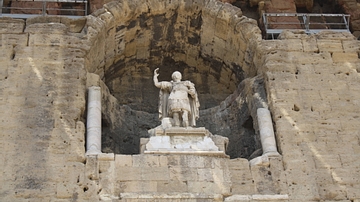
Image
Colossal Statue of Augustus, Theatre of Orange
The colossal statue of Augustus (restored) set in the facade of the stage wall of the theatre of Arausio (Orange, France). 1st century CE. The statue is 3.5 metres tall.
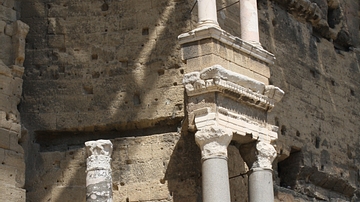
Image
Columns, Orange Theatre Stage Wall Facade
A detail of the facade of the stage wall of the the 1st century CE Roman theatre at Arausio (Orange, France).
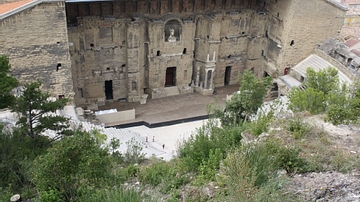
Image
Stage Wall, Theatre of Orange
The stage wall of the 1st century CE Roman theatre at Arausio (Orange, France).
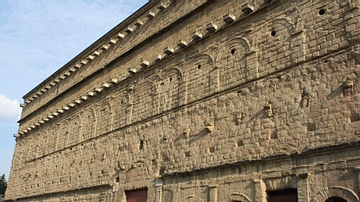
Image
Exterior Stage Wall, Theatre of Orange
The exterior of the stage wall of the Roman theatre at Arausio (Orange, France). Built in the 1st century CE the wall measures 103 metres in length and 37 metres in height.
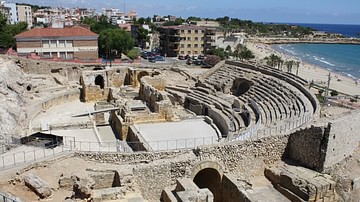
Image
Tarraco Amphitheatre
The Roman amphitheatre of ancient Tarraco (Tarragona, Spain). 2nd century CE.
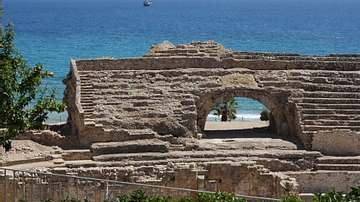
Image
Amphitheatre of Tarragona
A section of the seating in the Roman amphitheatre of ancient Tarraco (Tarragona, Spain). 2nd century CE.
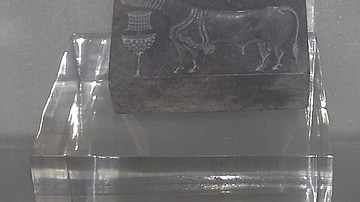
Image
Indus Valley Seal
Seals excavated from sites of the Indus Valley Civilisation and now housed at the National Museum, New Delhi, India. 3000 - 1700 BCE
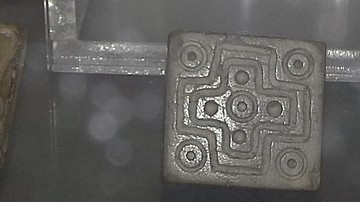
Image
Seals of the Indus Valley Civilisation
Seals excavated from sites of the Indus Valley Civilisation and now housed at the National Museum, New Delhi, India. 3000 - 1700 BCE
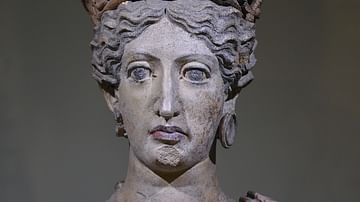
Image
Etruscan Bust of Juno
Terracotta bust of Juno decorated with jewels, a royal diadem and a rich dress with peplum softly folded over the shoulder. From the Sanctuary of Juno Curitis at Celle, c. 380 BCE. (National Etruscan Museum of Villa Giulia, Rome)
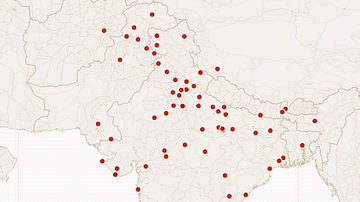
Image
Places in the Mahabharata
A map showing some of the places that are mentioned in the Mahabharata. Not all places are plotted, but only those that can be identified today with any degree of certainty. An interactive version of this map is at https://ani-basu.carto.com/viz/038fc0d8-62de-11e6-9fed-0ee66e2c9693/public_map...